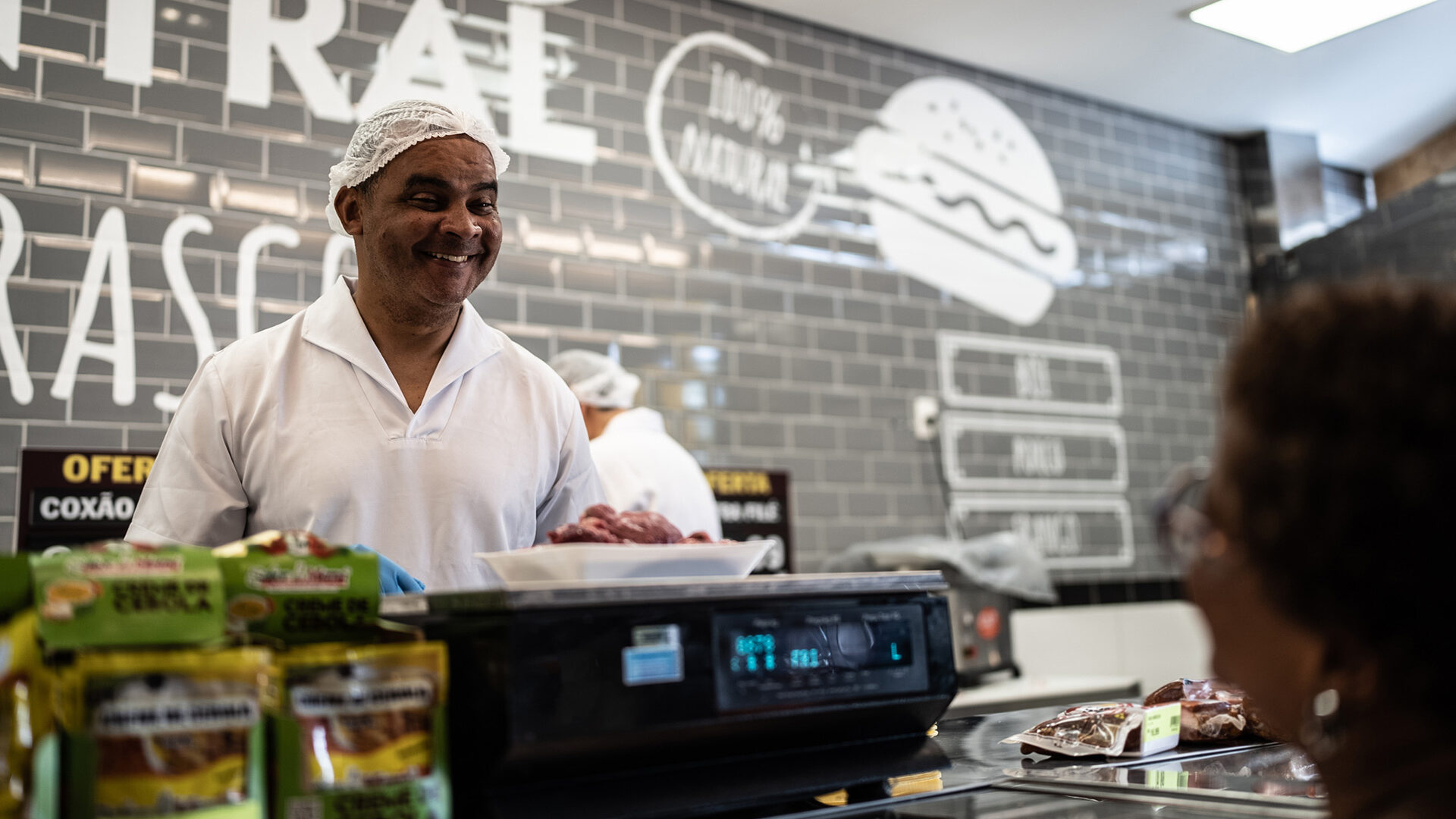2 minute read
Do You Know Your Customers’ Experience?

It’s early morning and your store has just opened its doors. There are five total employees in the store, a manager and four associates. Two associates are in the backroom processing product from the previous day’s delivery. The manager and the other two associates are merchandising product to the sales floor. The first customer of the day enters. The customer browses casually as she walks the aisles. Her route through the store takes her about 10 minutes, during which time she passes either directly by or within 15 feet of each employee on the sales floor. During her 10 minutes of shopping no employees interact with her, except for a quick “good morning” from the manager while continuing to merchandise.
Was this customer’s experience good or bad?
It depends. Customer service expectations vary depending on operating strategies of retailers. To illustrate the point, let’s examine two hypothetical retails:
Debbie’s Deals – An off-price retailer that procures bulk amount of product at discounted prices. Debbie’s Deals seeks to provide its customers with quality name brand products at low prices. The company relies on their affordable price point to attract shoppers to purchase in quantity, making up for lower item profit margin. Debbie’s Deals relies on high operational efficiency in stores to minimize labor costs and keep prices down.
Home Accents – A specialty retailer that offers elegant home furnishings, decorative accessories and seasonal decorations. Home Accents prides itself in offering its customers a high end, premium selection, and thus relies on a high per item profit margin. As a result, the company places a strong emphasis on customer conversion and add-on selling.
Debbie’s Deals and Home Accents have very different sales strategies. Let’s examine how leadership at both of these retailers might respond to the example of the customer experience described above.
Debbie’s Deals – “Our customers choose us because of the incredible deals we offer, which are only made possible by keeping our operating costs low. While our associates would never ignore a customer with a question, they are trained that their primary focus is process efficiency. If a customer approaches, we get them an answer quickly and get back to work. This allows us to provide the best value to the customer we can.”
Home Accents – “Conversion and add-on selling is at the core of our business. Often times our customers have specific needs to address but do not know exactly what they want. We coach our associates on how to engage and form a relationship with customers, understand their wants and needs, and put together solutions. We simply cannot afford to be inattentive to our customers, selling is what we do.
What is right for one retailer may not be right for another, but it is not always clear what type of customer experience your stores should be offering to increase revenue. Furthermore, it can be difficult to analyze if your customers are actually receiving the experience you want them to. In these cases, a Customer Journey study can be particularly insightful.
Customer Journey seeks to analyze the true experience of customers, evaluating the impact of variables such as time in store, customer service engagement, fitting room / product engagement, and queue length on conversion. It is relatively simple yet powerful means to help answer the question “what should our customer experience be and are we offering it?”



